
A guide to feeding livefood
The old saying ‘you are what you eat’ applies just as much to our reptile and amphibian friends as it does to us. Knowing what and when to feed, and ensuring your pet herp has a healthy and varied diet will have a positive impact on your pets well-being. It will strengthen their health, physical structure and development, increase energy and vitality, can prevent or even reverse certain illnesses, help recover from stress, increase clutch size and vitality and also stimulate your pets mind and hunting instincts.
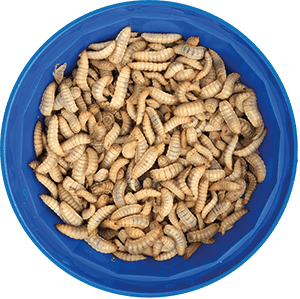
This brief article on livefood nutrition is primarily aimed at insectivorous reptiles. I must firstly state the importance of understanding that no 2 specimens or species have the exact same nutritional requirements and/or dietary needs. It is advisable to research the individual dietary needs of your specific pets by reading literature, reliable websites and asking experienced breeders/keepers or veterinarians their advice on the nutritional aspect of your pets lifestyle.
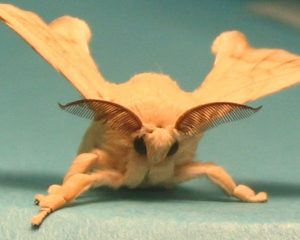
Having stated the importance of a healthy livefood diet for your pets quality of life, there is still a lack of easy to understand information on when and what to feed your herps. In this article and nutrition section of our site, we will explain various livefoods and their benefits, handling and storing livefood, livefood nutritional values and loads more info so you have the necessary know how to ensure your confident in providing your pets with a great diet and a happy, healthy life.
Feeding Frequency
As far as insectivorous herps are concerned, we feed our reptiles on a daily basis as they would come across bugs and eat daily in their natural environment, so it makes sense to replicate this in captivity, we feed just enough for our pets to eat in one sitting, so as to prevent over feeding.
In order to properly determine the frequency of feeding for a given species of reptile, you need to determine the energy requirements of that particular species and the specie’s metabolic rate. As a general rule the smaller of a species will have a higher metabolism than the larger of species.
The nutritional values of the foods being offered also play a big part in the required frequency of feeding. Less nutritious foods will need to be fed more frequently and in greater volumes, so it is a good idea to be in the know on which livefoods have higher levels of nutrition, and what the nutritional contents of the livefoods that you feed are and how they benefit your species of herp so that your pets receive the healthiest, varied diet possible.
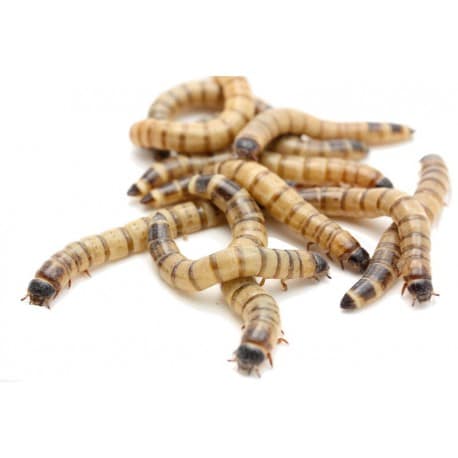
Metabolism
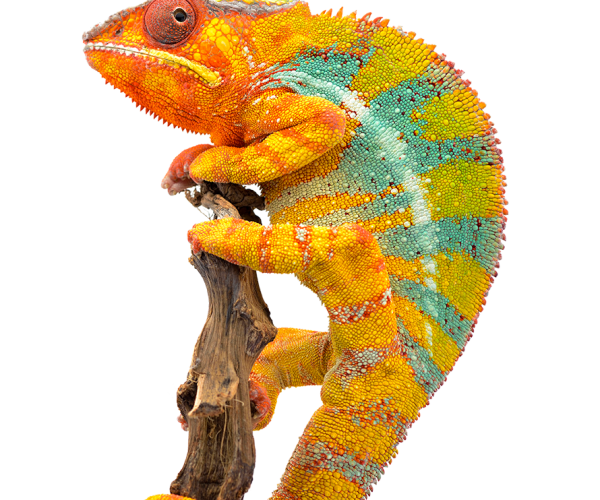
A very important factor to understand and take into account with providing proper nutrition is an understanding that a reptile’s nutritional needs are greatly affected by its metabolism and its metabolism is greatly affected by its diet and environment. It is very important to understand the link between these two factors. Each species of reptile has its own distinct metabolism, some species of lizard for example may act and appear very similar, but have evolved on opposite sides of the earth, each offering varied environments of heating and available food sources. As a result, two similarly looking species of lizards may exhibit opposite dietary needs, one may be carnivorous while the other may be herbivorous.
It is essential to keep your reptiles at optimum temperatures, as sub-optimal temperatures and a poor diet can cause many problems. For example, anorexia can be caused if a reptile lives among cooler temperatures than required, which would lower the metabolic rate. This would cause improper digestion while being maintained on a constant diet. The opposite is also true for reptiles that are kept under conditions that are too warm and under fed. The warm temperatures would continue to increase the reptiles movement as their metabolic rate increases, burning energy faster than it is being supplied. Many aspects of their health can be greatly affected by improper nutrition, such as their growth, reproduction and possibility of illness.
Gutloading livefood
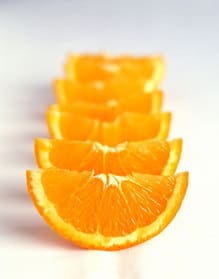
As mentioned earlier ‘you are what you eat’, this also goes for the insects that you will be feeding to your pets. By feeding your livefood before you use them as food you are greatly increasing their nutritional value and thereby greatly benefiting your pets. This is particularly a good idea when using livefood with low to medium nutritional value.
Insects like locusts, mealworms and crickets are invertebrates with an exoskeleton, this exoskeleton (hard shell consisting of chitin) is a type of fibre and in small amounts can be used as a form of roughage in their diet. However the main nutrition comes from the insect’s gut, which is dictated by the diet consumed by the insect. In the wild, insects would eat a varied diet, much like your pets, so its best to feed a variety of different feeder insects and ensure they have the highest level of nutrition you can give to your livefood as all the goodness is passed onto your pets!
There are many gutload food sources available for purchase, some offer a great boost of nutrition for your livefood so be sure to look around for the right food for your specific livefood, which can be easily found either online or at exotics stores and most pet shops.
It is also important that your livefood is hydrated as much as possible as water makes up a large proportion of an insects diet, so for this reason offer some slices of potato or orange to provide liquid and change them over every couple of days, alternatively you can use water gel for their hydration which again, can be found either online or in exotics shops.
Below is a simple method that can be used to gutload many livefoods such as crickets, locusts, mealworms etc.
1. Empty your livefood into a plastic container (such as a plastic tupperware tub) that is high enough so they cannot jump climb or otherwise escape from.
Barring mealworms and morioworms, the above insects like to hide and perch on things, so add some cardboard egg pack (as used in livefood tubs).
2. A small amount of heat can boost the bugs metabolic rate (explained above) and help digest their food but be sure not to overheat and kill the insects, check online for the desired temperatures that you can keep these livefoods at. This stage of the process is optional.
3. Add some ‘bug grub’ or other gut loading formula to the floor of the container, this is easily found either online, or at exotics stores and most pet shops.
4. It is also important that your livefood is hydrated as much as possible so for this reason add some slices of potato and or orange, alternatively you can use water gel which can be found at your local reptile shop.
Supplementing a livefood diet
Reptile supplements ensure your reptiles and amphibians are getting a balanced diet and make it easy to include the full range of vitamins and minerals found in the reptile’s natural diet. The correct type and amount of supplements supplied are an essential part of good reptile care. In particular calcium is very important in the diet of many reptiles and calcium deficiency can lead to many major problems such as bone disorders.
There are a variety of different supplements available depending on your pets species and specific requirements. Supplements generally come in powder or liquid form and are either calcium, multi vitamin, multi mineral or various combinations of these, there are also calcium and phosphorus supplements and calcium rich substrates available.
Each supplement should come with instructions on the packet, and the amount and frequency that you should use will vary from product to product so make sure you read these before using.
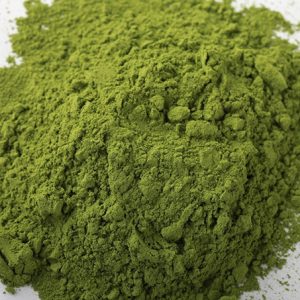
Problems with supplementation
We tend to make a generalisation as people when it comes to taking and giving vitamins that more is better. This is a misconception that can cause complications and related illnesses in captive reptiles, many reptiles and their food require supplementation of vitamins and minerals but it is vital to monitor the amounts given. Many species of Herps that are maintained on a well balanced nutritious, varied diet do not require any supplementation at all and when adding supplements to a well balanced diet, the owner is running the risk of overdosing the reptile on vitamins! Supplementation has its place and rightly so, in reptile husbandry, though overdosing can lead to toxicity and many related illnesses and disorders.
Providing too much or the wrong type of protein supplements for example, may serve to increase growth, however with the possible consequence especially in older reptiles, of kidney and liver problems. Correct supplementation is therefore best attained by knowing the nutritional needs and diet specifics of your species.
Hygiene
It is of great importance that the livefood you feed is in good health and of premium quality, always check the contents of the food before you purchase it, avoid tubs that contain lots of dead and/or lifeless looking insects and check for signs of mold. It is a good sign if the store owners have added potato slices or similar to their livefood tubs as it indicates that they care about the health and quality of their products. Also it is easy to purchase direct from livefood breeders online and this is recommended as the items come straight to you and you cut out the middle men, this ensures your livefood hasn’t been sitting on a shelf for weeks and is in the best nutritional state possible.
Pet Safety
Certain livefoods have the ability to chew and nibble and therefore can pose a threat if they are fed to your pets in excessive amounts. Thankfully this isn’t a major problem as it is easily preventable by feeding your pet(s) the amount that they can eat in one sitting. This way you can be sure that there aren’t loads of excess bugs in the enclosure which could potentially bite at your reptiles while they sleep! The common livefoods that have the ability to chew are on the right hand side.
Another issue with feeding the above livefoods is the risk of impaction, this again is a small risk that is easily preventable, but should not be ignored. Impaction occurs due to the chitin content in these bugs’ exoskeletons, chitin is a hard to digest fiber that can often be seen in their faeces undigested, as it is hard to digest feeding continuous large amounts of these livefoods and can effectively block your pets digestive system. To prevent this be sure to include soft bodied livefoods as the bulk of your pets diet and do not feed excessive amounts of livefoods with high chitin content.
Feeders that can bite:
-black crickets
-brown crickets
-silent crickets
-locusts
-morio worms
-meal worms
Purchasing livefood
Not so long ago the only place livefood could be purchased for your pets was from specialist reptile shops, thankfully though it has never been easier to find quality livefood than it is now and there is a bigger range of items available than ever before. Nowadays most run of the mill pet shops and pet superstores also sell basic livefoods such as cricket, locusts, mealworms, waxworms.
As more herp enthusiasts have become aware of the importance of variety, and the nutritional benefits of less common livefoods most specialist reptile and exotic shops have huge ranges of different types of livefoods now.
Livefoods can also be purchased online, direct from the breeder for the very best quality! Online is also the best way of finding rarer livefoods if you can’t locate them at your local specialist shop.

Nutrients - What they are and what they do
Below we have listed the macro and micro nutrients and briefly summarised how these nutrients affect your pets. It is essential to offer a varied diet to your pets, this way you can be sure that they are receiving good nutrients to sustain a healthy life.
Macro nutrientsMacronutrients make up the bulk of the food you present to your pets. The macronutrients are proteins, carbohydrates and fats.
|






